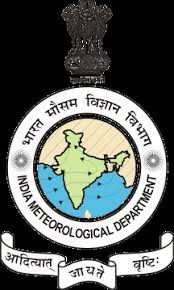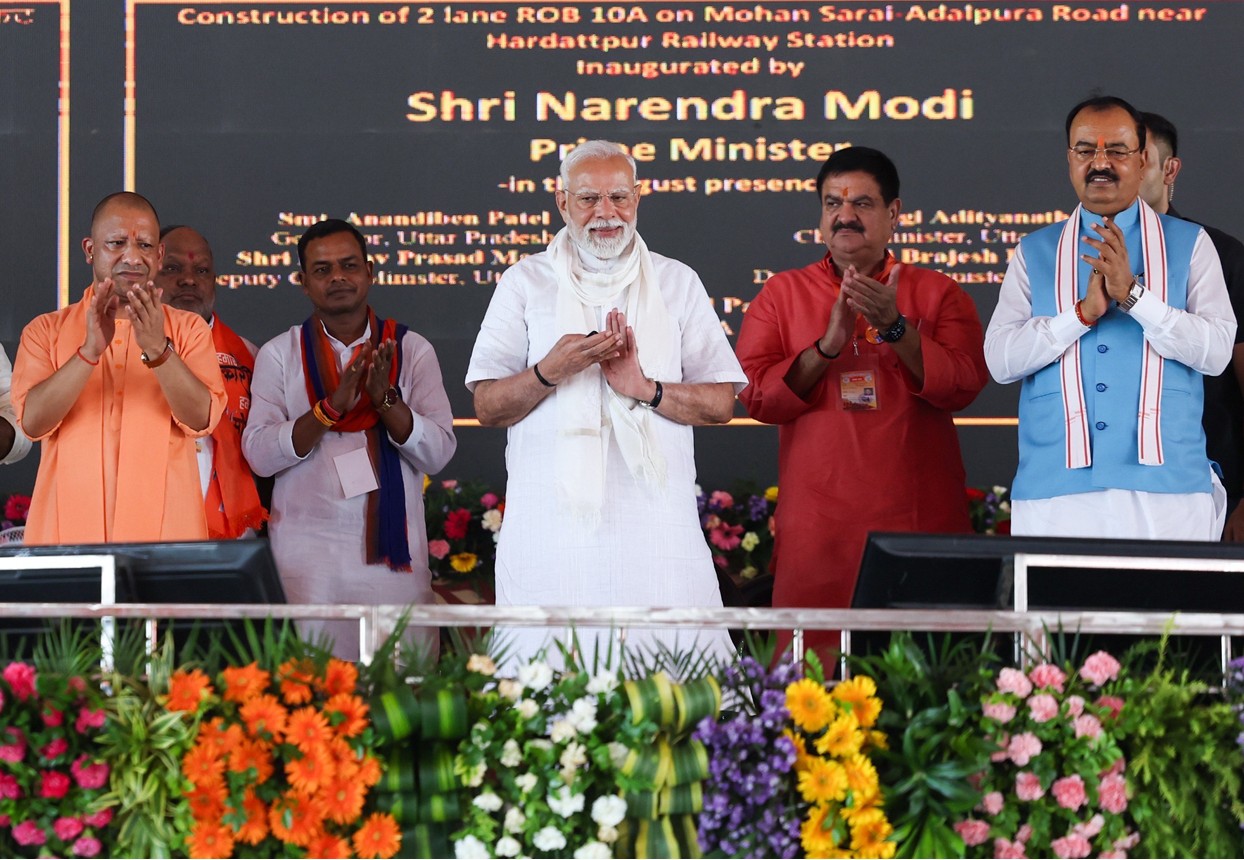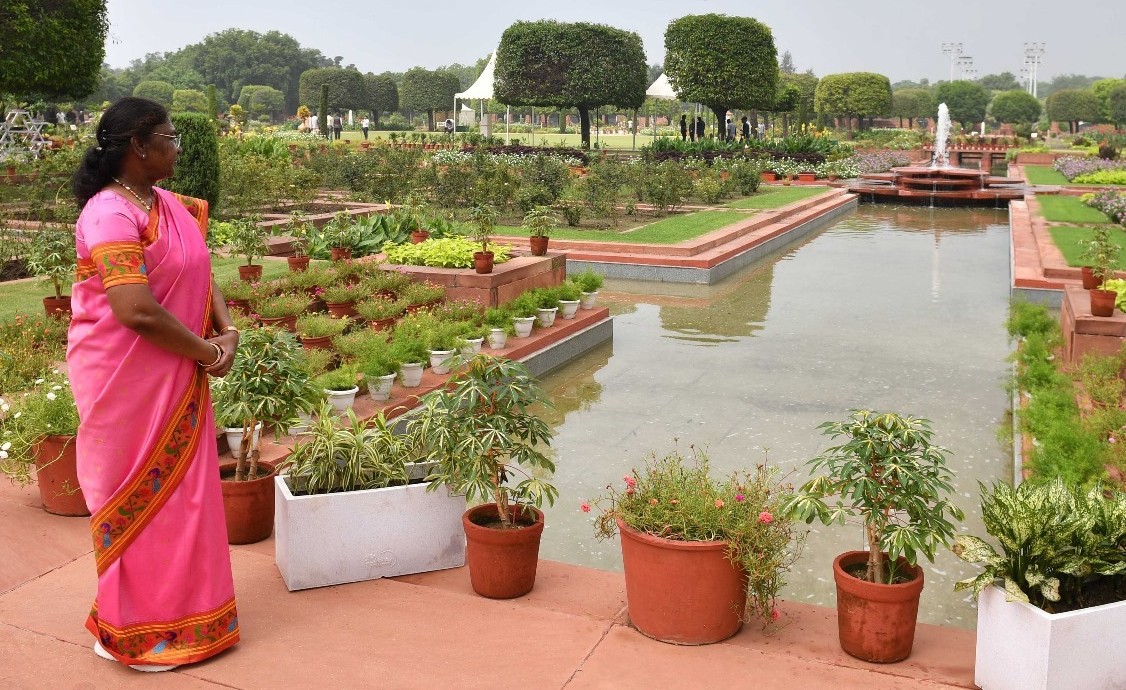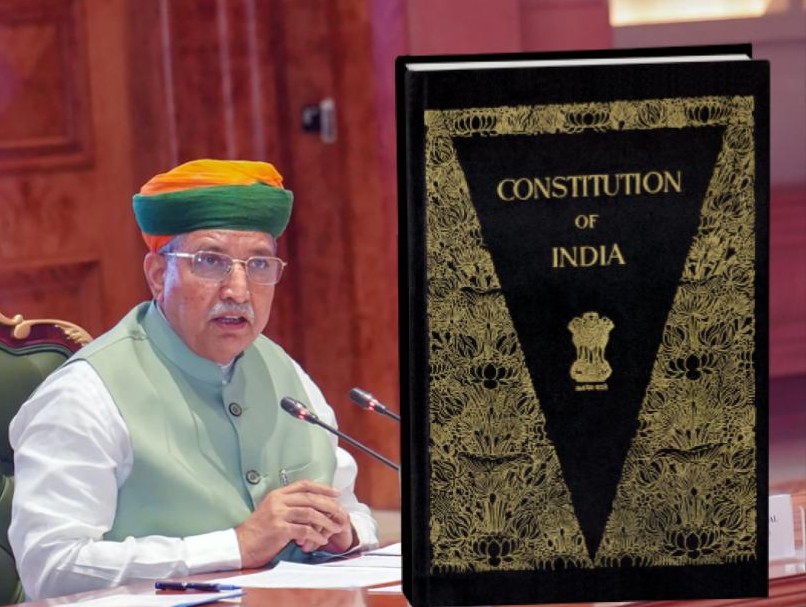India Scales Up Natural Disaster Preparedness with Advanced Early Warning Systems and Tech Integration

New Delhi, July 24: India has significantly bolstered its disaster preparedness with a suite of cutting-edge early warning systems for extreme weather events, including cyclones and heavy rainfall, according to a written reply by Union Minister Dr Jitendra Singh in the Lok Sabha on Wednesday.
Developed by the Ministry of Earth Sciences (MoES), these early warning systems are powered by a state-of-the-art observation network combining surface, upper-air, and remote sensing data, high-resolution numerical weather models, and GIS-based tools. These systems aim to provide timely and impact-based alerts to safeguard lives, infrastructure, and livelihoods across the country.
A major highlight is the GIS-based Decision Support System (DSS) developed by the India Meteorological Department (IMD) in coordination with other MoES centres. The DSS integrates real-time meteorological data—such as satellite imagery every 15 minutes and RADAR inputs every 10 minutes—with historical records and model forecasts to issue impact-based early warnings. These tailored alerts are especially vital for states frequently battered by cyclones and extreme rainfall.
Dr Singh emphasized that IMD’s shift from conventional forecasts to risk-based warnings (RBW) and impact-based forecasts (IBF), down to the district and sub-city level, marks a paradigm change in India’s disaster management capabilities. This is further supported by AI/ML applications, customized bulletins, improved observational infrastructure (including AWS, ARGs, and Doppler Weather Radars), and powerful supercomputers Arka and Arunika that enhance model precision.
India’s proactive approach has drawn global recognition. In recent years, the country has achieved zero or single-digit cyclone-related fatalities, a remarkable improvement from the devastating Odisha Super Cyclone of 1999. Cyclone Biparjoy (2023) and Cyclone Dana (2024) recorded no deaths, a feat attributed to IMD’s improved forecasting and dissemination. In recognition of these efforts, the Director General of Meteorology, IMD, was awarded the prestigious UN Sasakawa Award 2025 for Disaster Risk Reduction.
While breakthroughs have been achieved in weather forecasting, the government reiterated that no proven scientific technique exists globally to predict earthquakes with accuracy. However, the National Centre for Seismology (NCS) continues real-time monitoring through an extensive seismic network, issuing intensity maps and alerts via digital platforms immediately after any seismic event.
To widen outreach, the IMD and Central Water Commission (CWC) have developed several mobile applications, including:
- MAUSAM – general weather forecasting,
- Meghdoot – agromet advisories,
- Damini – lightning alerts,
- FloodWatch India 2.0 – flood conditions and reservoir storage insights.
Weather updates and warnings are disseminated through mass media, mobile apps, social media, UMANG platform services, and Common Alerting Protocols (CAP). In addition, a web-based Climate Hazard & Vulnerability Atlas has been created to guide disaster management agencies in planning and infrastructure resilience.
MoES has also recently launched “Mission Mausam”, a Central Sector Scheme to transform India into a “weather-ready and climate-smart nation,” aiming to further enhance adaptive capacities at every level.
With rising climate volatility, India’s fortified early warning systems and coordinated dissemination strategy are proving to be a cornerstone in minimizing disaster-related losses and building long-term resilience.








